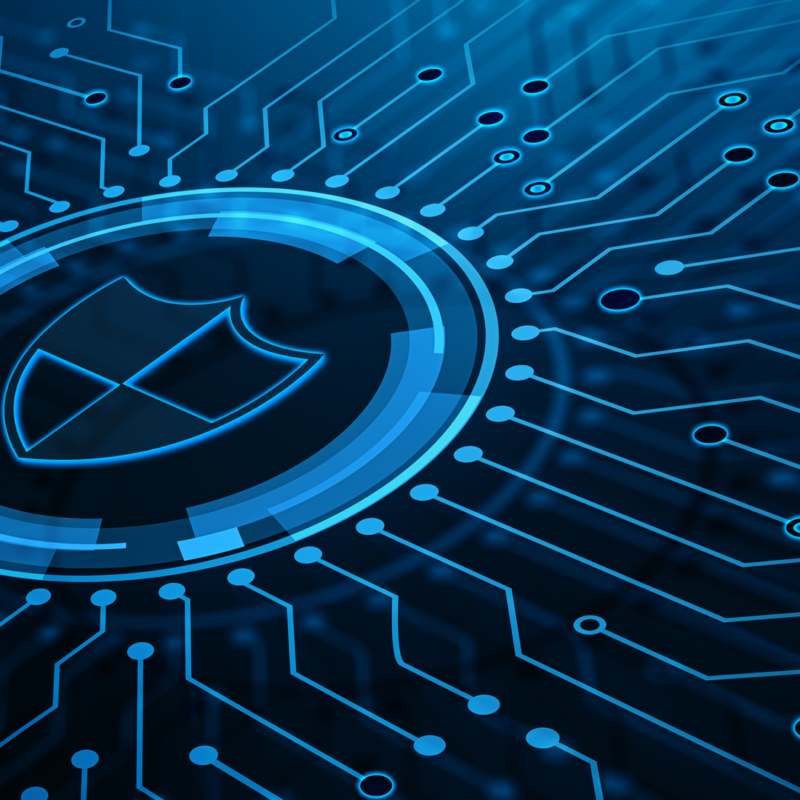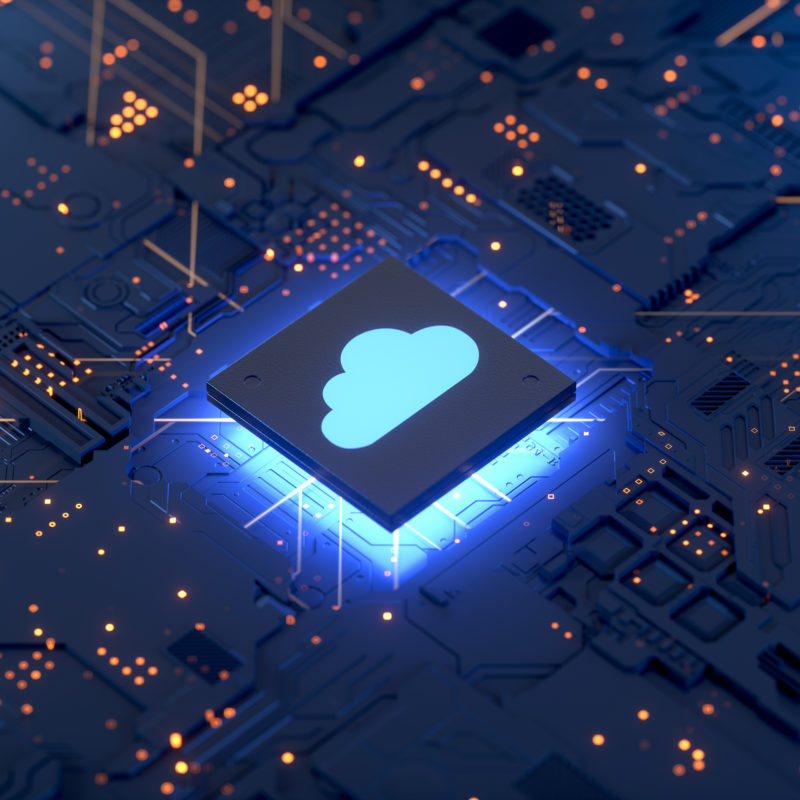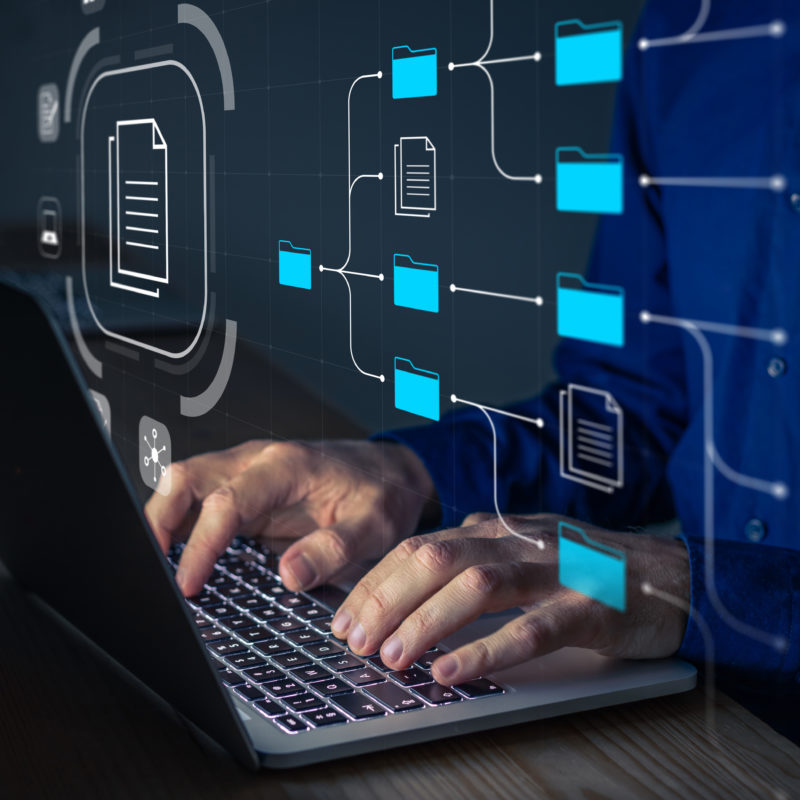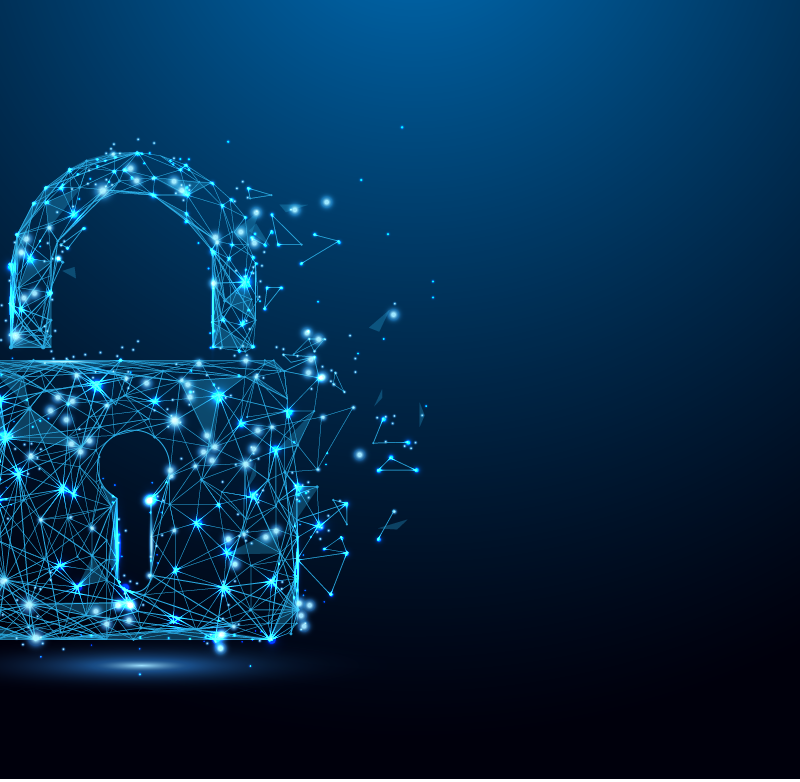Tag
data protection
What Is Data Protection?
Data protection is a set of strategies and processes you can use to secure the privacy, availability, and integrity of your data. It is sometimes also called data security or information privacy.
A data protection strategy is vital for any organization that collects, handles, or stores sensitive data. A successful strategy can help prevent data loss, theft, or corruption and can help minimize damage caused in the event of a breach or disaster.
For information about data protection in the cloud, refer to our guide: Data Protection in the Cloud: Challenges and Best Practices.
What Is Data Privacy and Why Is it Important?
Data privacy is a guideline for how data should be collected or handled, based on its sensitivity and importance. Data privacy is typically applied to personal health information (PHI) and personally identifiable information (PII). This includes financial information, medical records, social security or ID numbers, names, birthdates, and contact information.
Why is data privacy important?
Data privacy concerns apply to all sensitive information that organizations handle, including that of customers, shareholders, and employees. Often, this information plays a vital role in business operations, development, and finances.
Data privacy helps ensure that sensitive data is only accessible to approved parties. It prevents criminals from being able to maliciously use data and helps ensure that organizations meet regulatory requirements.
Data privacy is enforced by data protection regulations. Non-compliance may result in monetary fines or loss of brand authority. You can learn more about regulations in our article about Keeping Up with Data Protection Regulations.
Data Protection vs Data Privacy
Although both data protection and privacy are important and the two often come together, these terms do not represent the same thing.
One addresses policies, the other mechanisms
Data privacy is focused on defining who has access to data while data protection focuses on applying those restrictions. Data privacy defines the policies that data protection tools and processes employ.
Creating data privacy guidelines does not ensure that unauthorized users don’t have access. Likewise, you can restrict access with data protections while still leaving sensitive data vulnerable. Both are needed to ensure that data remains secure.
Users control privacy, companies ensure protection
Another important distinction between privacy and protection is who is typically in control. For privacy, users can often control how much of their data is shared and with whom. For protection, it is up to the companies handling data to ensure that it remains private. Compliance regulations reflect this difference and are created to help ensure that users’ privacy requests are enacted by companies.
7 Data Protection Technologies and Practices that Can Help You Protect User Data
When it comes to protecting your data, there are many storage and management options you can choose from. Solutions can help you restrict access, monitor activity, and respond to threats. Here are some of the most commonly used practices and technologies:
- Data loss prevention (DLP)—a set of strategies and tools that you can use to prevent data from being stolen, lost, or accidentally deleted. Data loss prevention solutions often include several tools to protect against and recover from data loss.
- Storage with built-in data protection—modern storage equipment provides built-in disk clustering and redundancy. For example, Cloudian’s Hyperstore provides up to 14 nines of durability, low cost enabling storage of large volumes of data, and fast access for minimal RTO/RPO.
- Firewalls—utilities that enable you to monitor and filter network traffic. You can use firewalls to ensure that only authorized users are allowed to access or transfer data.
- Authentication and authorization—controls that help you verify credentials and assure that user privileges are applied correctly. These measures are typically used as part of an identity and access management (IAM) solution and in combination with role-based access controls (RBAC).
- Encryption—alters data content according to an algorithm that can only be reversed with the right encryption key. Encryption protects your data from unauthorized access even if data is stolen by making it unreadable. Learn more in our article: Data Encryption: An Introduction.
- Endpoint protection—protects gateways to your network, including ports, routers, and connected devices. Endpoint protection software typically enables you to monitor your network perimeter and to filter traffic as needed.
- Data erasure—limits liability by deleting data that is no longer needed. This can be done after data is processed and analyzed or periodically when data is no longer relevant. Erasing unnecessary data is a requirement of many compliance regulations, such as GDPR. For more information about GDPR, check out our guide: GDPR Data Protection.





